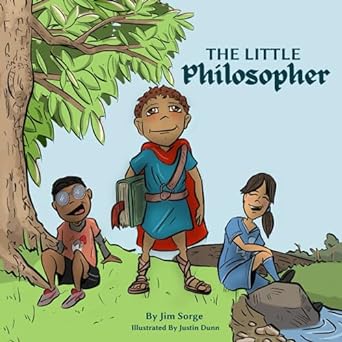I am not a person who lays down rules when teaching a class. I find them to be prescriptive, and not of the behaviors we desire in the classroom community, but of the ones we try to prevent. I also find that they create an environment where children are either nervous or rebellious. (Don’t worry- I know there are times for rules. I am the mother of a child that sprayed hand soap all over the walls, ceiling, and floor of a bathroom simply because I never told him not to.) When we are in a classroom community, I establish a covenant among all members, children and adults alike, where we live up to three expectations; we do our best, we use kind words, and we take care of each other. Reinforce these with positive comments, provide redirection to desired behaviors, and communicate concrete examples of desired behaviors to reinforce what you expect. One of my favorite ways to do this is through books. We read biographies, we pore over picture books, we delve into characters and look at how they respond to challenges, and we pay close attention to how they behave when no one is watching. When The Little Philosopher by Jim Sorge landed on my desk from the author, I did a little happy dance at the possibility of having another book to add to the collection dedicated to this purpose. I was not disappointed.
The Little Philosopher follows the life of Marcus Aurelius in ways that are relatable for children. Adults familiar with Aurelius’ Meditations will find echoes of the teachings running throughout this book. Marcus, as the main character, is popped into situations that today’s children will find familiar; arguing over what game to play with friends, accidentally causing damage to a neighbor’s property, how to connect with a new student at school, and even having difficulty with sports. The author moves past the challenges and shows little Marcus focusing on the positives in challenging situations, being honest when it would be easier to lie, being kind and welcoming when someone is new, and persevering in difficult tasks. The stories and lessons are presented conversationally so that children and adults can discuss other situations that these apply to.
This book has several uses in children’s and family ministry. I have a copy on my shelf of books that I read as we build our classroom community, reinforcing behaviors that contribute not only to personal development but to positive and healthy communities. I plan on popping another copy into our children’s and family lending library at the congregation where I serve, as I frequently get questions from parents and caregivers who are looking for new ways to discuss healthy character development with their children. I also plan on snagging another copy for my teachers’ lending library. Everyone can use a book in their collection to help them find new ways to discuss healthy behaviors and responses with children. Additionally, the congregation where I serve hosts an afterschool ministry for the local elementary school children. This book will be in their library, as well. This little book packs a lot of use into its pages!





0 Comments